ARTICLE
How to Demonstrate Value for Money with the Physical Environment
Whilst today’s independent school parents are happy to pay for their child’s education, they are a group keen to see return on their investment. That could be through their child’s academic progress, how they are coached in their team sports or the physical environment they experience every day. For bursars, it is a constant fine balance to make sure the student experience feels expensive enough but not too expensive. The question of ‘how’ money is spent is also increasingly important to parents – ethical and sustainable products and services are more important than ever and schools must be ready to answer those questions when asked. Add in to the mix the complexities of running an estate day by day and it is quite the minefield to traverse.
So what are the tools available to the bursar who must factor in parent and pupil tastes, teaching and learning requirements, compliance issues and value for money? We all know that the PPM schedule is the bursar’s best friend when it comes to estate management, however, its effective use when participating in Senior Leadership Team meetings is crucial to effectively demonstrating value for money in the physical environment.
Everywhere is a Classroom
Modern teaching methods are rapidly evolving and teaching space is no longer restricted to the classroom. School buildings must enable teaching to be carried out everywhere within the school: in the library, canteen, laboratories, study rooms, and even in the playground, corridors and halls which become spaces for meeting, discussion and life-skills learning. School buildings, through their high-quality interior and exterior layout create an atmosphere for productive learning; playing a pivotal role in a student’s individual development.
As teaching and learning trends are evolving, so must the bursar’s role in the process. As part of effective curriculum planning, it is their role to translate academic plans into long-term physical plans. The clearer that Leadership Team colleagues can be about academic and pastoral requirements over the next three to five years, the easier it is for the bursar to adapt the PPM schedule to creatively plan a stunning learning environment which students and parents alike will love.
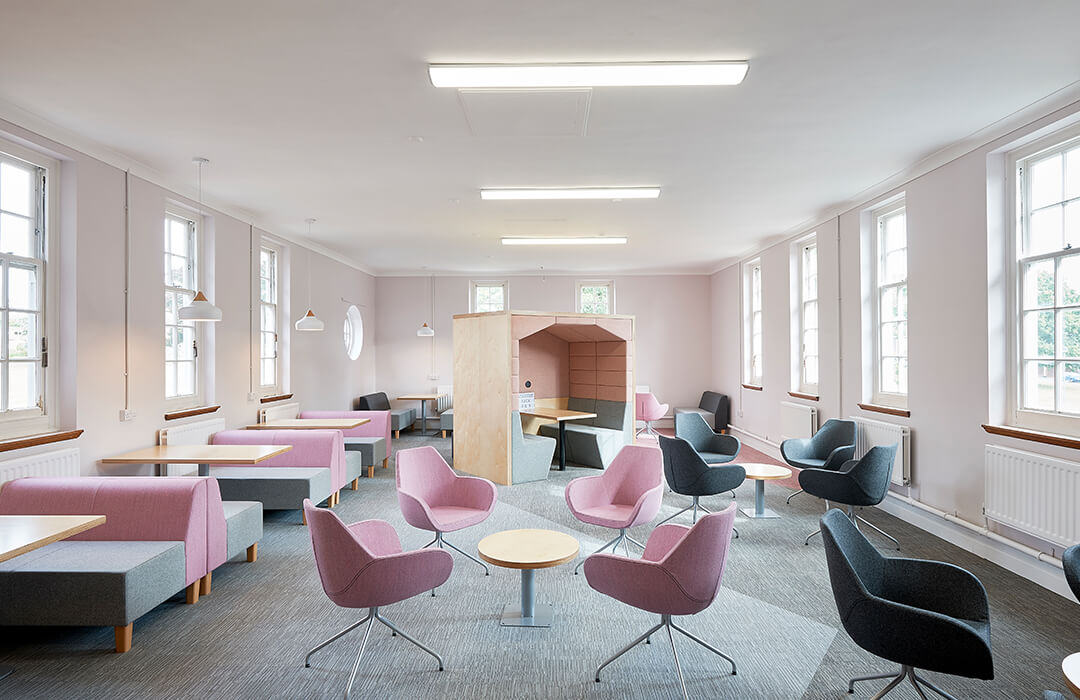
Six Crucial Things to Consider
Once the school’s teaching, learning and pastoral priorities for the three to five year period are clearly articulated to the bursar, the next challenge is how to execute the maintenance and refurbishment cycle to reflect those plans. In demonstrating that those plans represent good value for money, it is important to consider:
1. Who You Choose as Suppliers
The materials you choose aren’t the only thing which should be sustainable. Choosing a supplier who understands your long-term vision and can execute projects on time and to budget can pay dividends year on year. The value of choosing a supplier you can use time and again lies in them knowing your estate and its restrictions, historic knowledge of the design direction in which you’re taking the school and the comfort of knowing they can and will deliver for you.
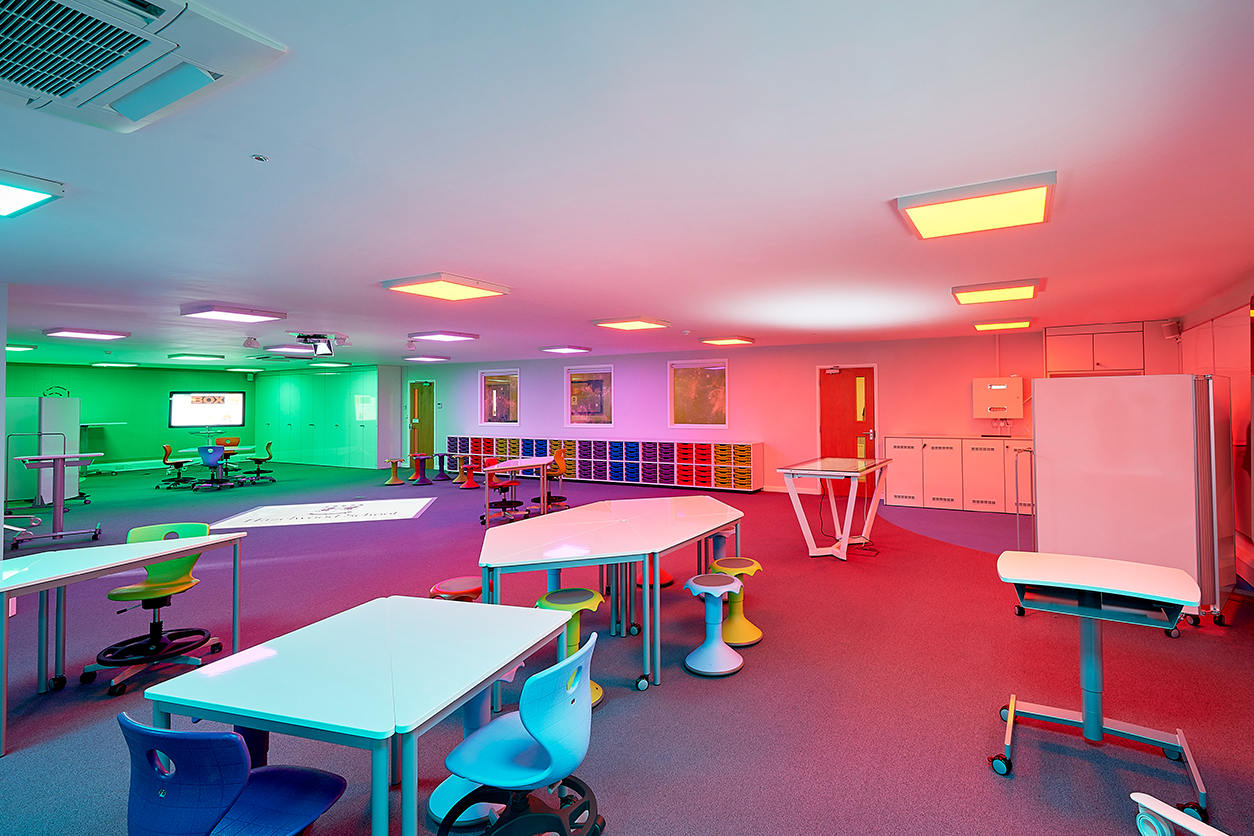
2. Cheapest Isn’t Always Cheapest
Choosing a company who can do the job the cheapest may look great on the balance sheet in year one, however, if you’re mending or replacing items from that project due to wear and tear within the first few years, you could end up paying twice. Add on to the cash price the cost of taking the space out of circulation and your estate team’s time and it begins not to look like such a bargain after all. It’s an old idiom, but it rings true – if you buy cheap, you buy twice. Choose quality suppliers using quality products to deliver your vision.
3. Think Green
The trend for sustainable products and services is also becoming increasingly important to parents when making final decisions about education. A study conducted last year by NYU Stern’s Centre for Sustainable Business found that 50% of consumer growth from 2013 to 2018 came from sustainably marketed products. Schools who can demonstrate genuine sustainable credentials give themselves a real unique selling point in an ever-competitive market place.
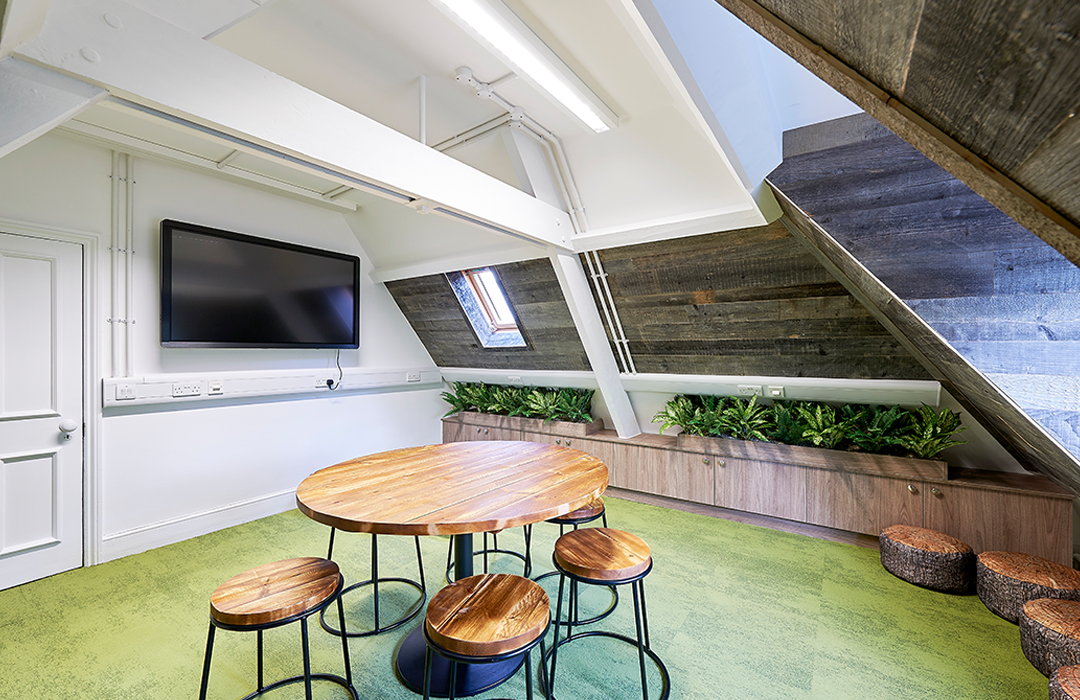
4. Materials
A good supplier will be able to demonstrate where the materials for your project have come from throughout the production chain and what their sustainable credentials are. You can then use this data in conjunction with your reporting on recycling and energy use across the estate in your end of year reporting. This is data you should consider making available on your website and even in the school prospectus so that it’s readily available to parents.
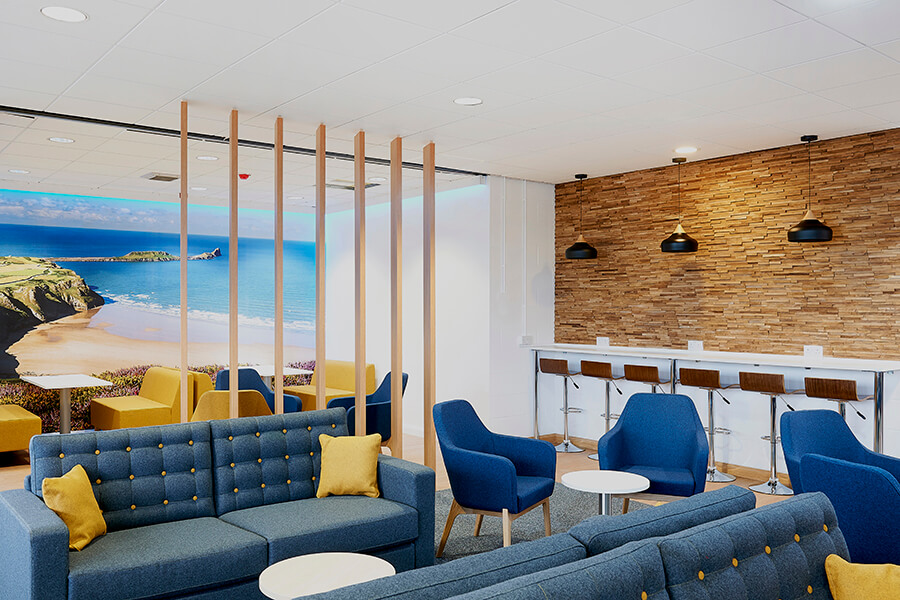
5. Coherent Design Aesthetic
If there is an area of the estate which is not due for refurbishment for some time, consider adding an element from it into your newly refurbished areas or installing one feature from your project within it. This creates a coherent design aesthetic across the estate and ties areas together.
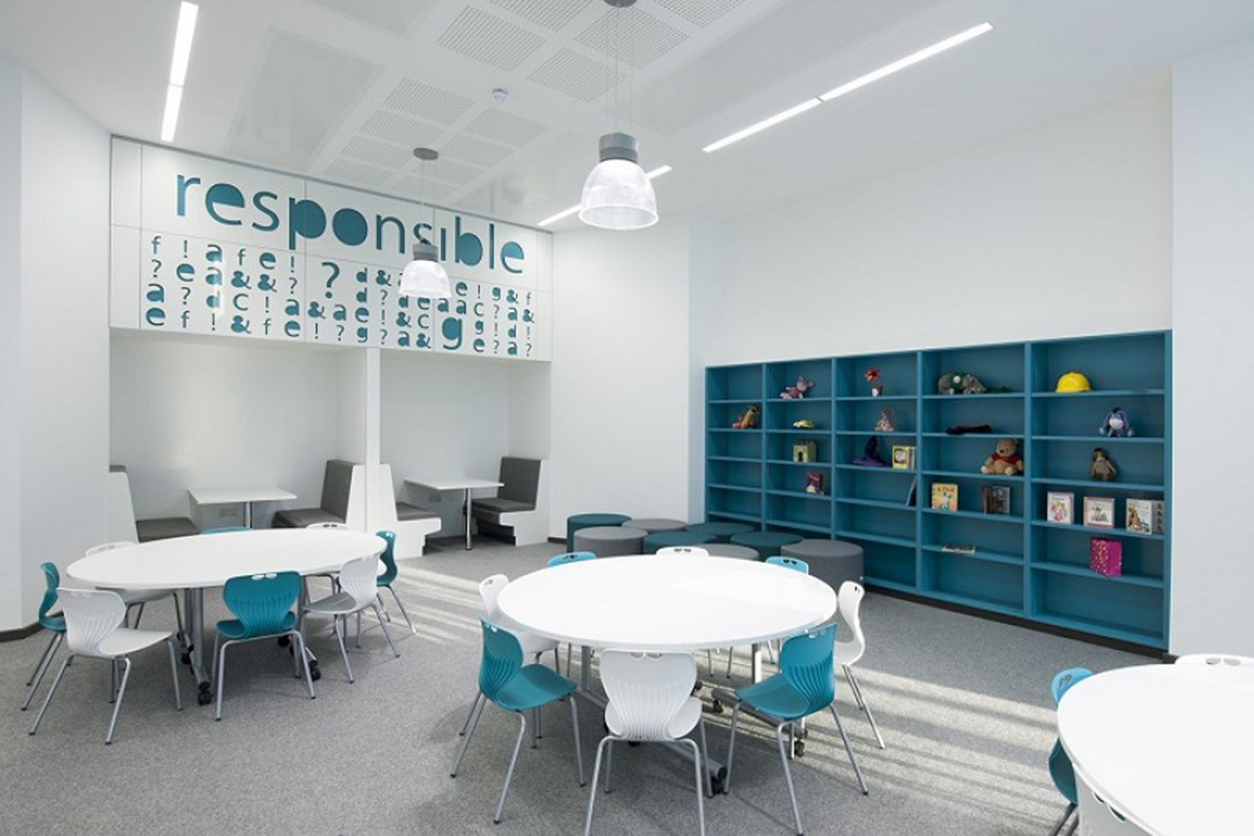
6. Communicate Your Vision
If you’ve put this much work into planning executing your project, don’t be shy about telling everyone about it! Creating an engaging piece about the thought process behind the project, the colours, the materials chosen will make people feel engaged in what you are trying to achieve. It also brings the complexities of your role to the fore in a way which is understandable to your colleagues. If you have a communications or marketing team, consider involving them in the project at an early stage so they can think of creative ways to let the school community know about the project through one of their many media channels.
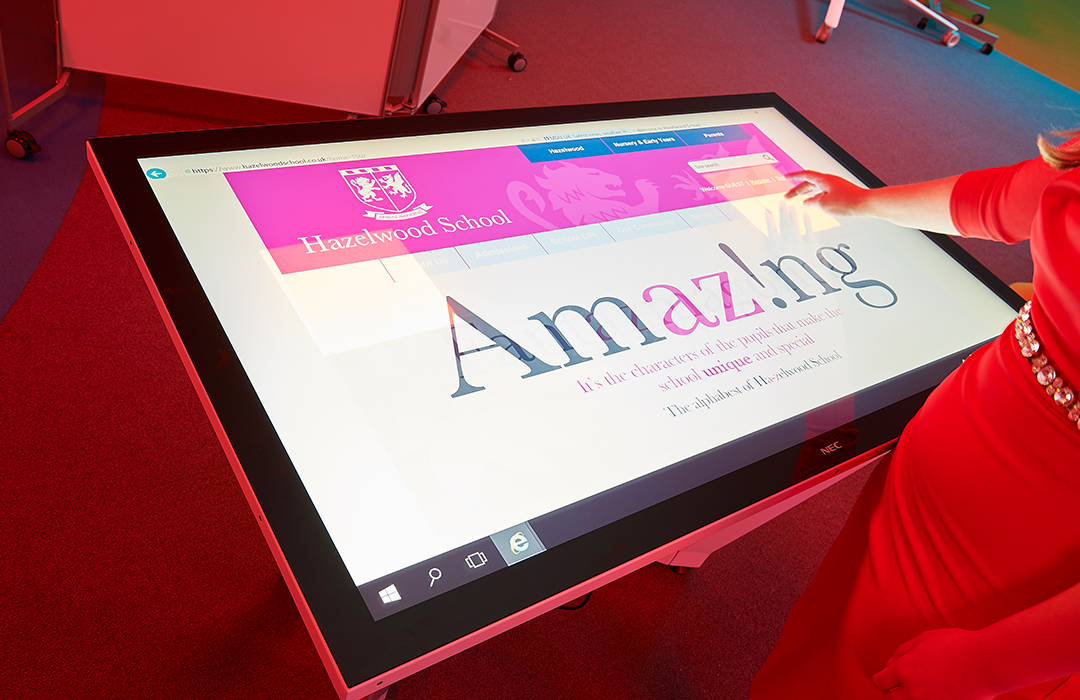
START MY DESIGN
If you’d like our Design Studio to create no obligation design for a space in your school, please fill in your contact details below…

